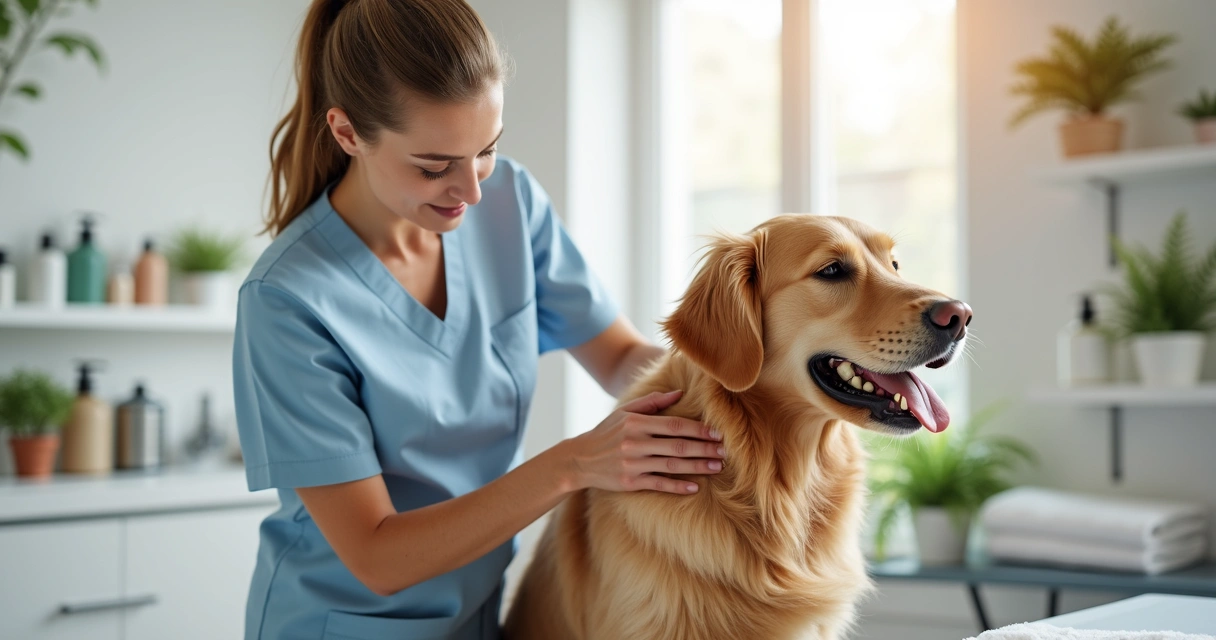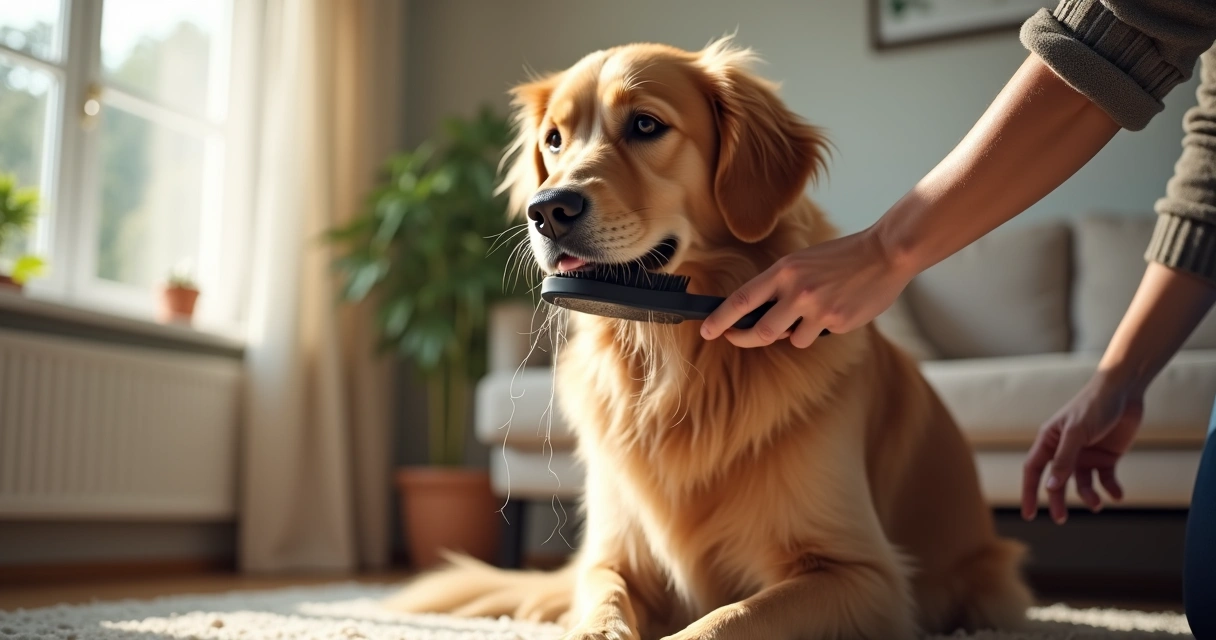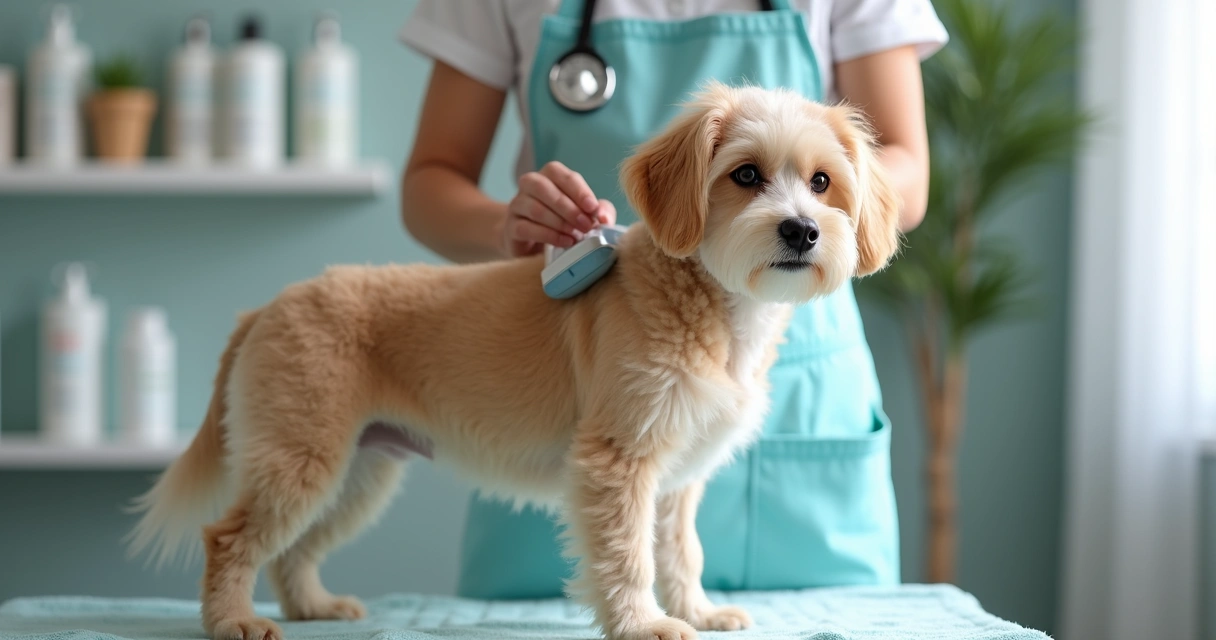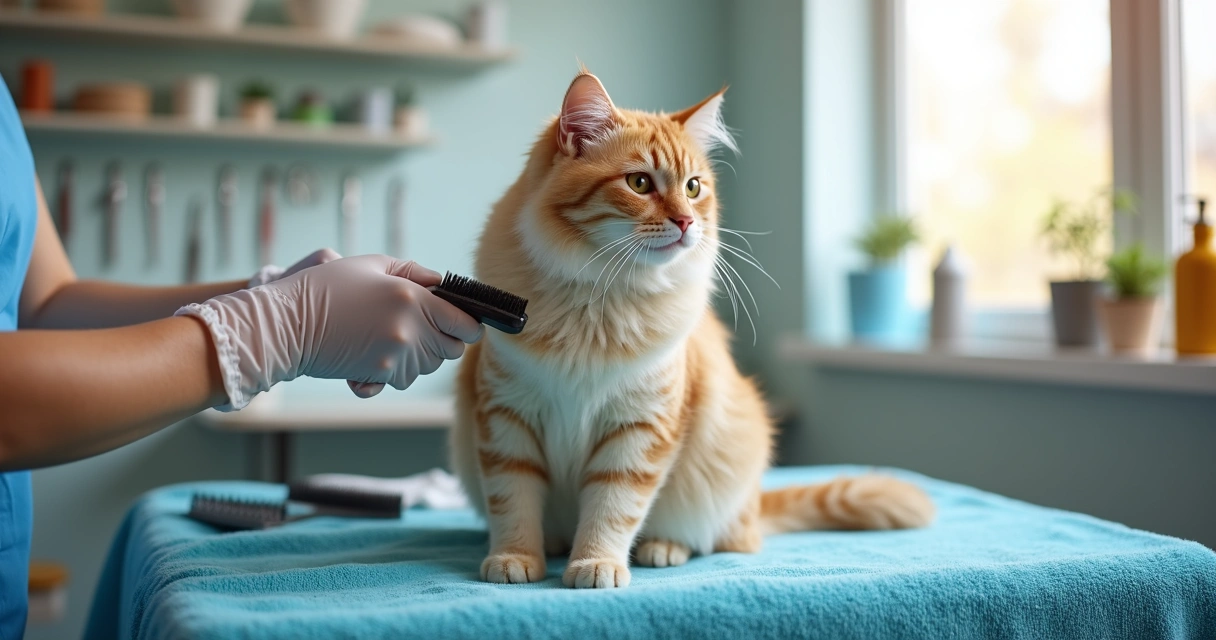When I first became a pet parent, I thought shiny fur and a wagging tail were signs my dog’s skin was healthy. But after a few winters on the North Shore, I realized there was more to my pets’ comfort than meets the eye. Dry, flaky skin and excessive scratching can signal a need for extra moisture. Over the years, I’ve seen the difference the right moisturizing treatment can make—not just for looks, but for the happiness of our furry friends. Here’s how I break down the process of selecting safe, effective moisturizing treatments for pets, drawing on experience and the latest science.
Understanding pet skin needs
Pet skin is different from human skin in several ways. For starters, dog and cat skin is thinner and more sensitive. It reacts quickly to environmental changes: dry air, allergens, or harsh grooming can all disrupt the balance. During my time working with the team at Dogtown, I’ve seen how even small shifts in weather or diet can affect an animal’s skin.
According to Dog Aging Project data, 28.7% of dog owners reported a history of skin conditions. Age and body size matter, too. Older and larger dogs tend to have more problems—up to 37% in seniors—while puppies are less affected. In cats, similar sensitivity occurs, though often less discussed by owners. Understanding your pet’s unique vulnerabilities is the first step in choosing what they need.
Dry skin isn’t just a cosmetic issue. It can affect mood and comfort every day.
Common causes of dryness in pets
Over the years, I’ve noticed a few patterns. Dry pet skin can result from:
- Frequent bathing with harsh shampoos
- Indoor heating during cold months
- Low humidity environments
- Diet that lacks omega-3 or omega-6 fatty acids
- Allergies, whether seasonal or food-based
- Genetics, especially in some short-haired or hairless breeds
According to data from a large-scale survey of more than 43,000 dogs, the most common disorders involved skin, ear, and coat problems, with skin-related issues ranked first. This aligns with what I see at Dogtown: skin health matters for every pet, not just those already diagnosed with chronic issues.
Main types of pet moisturizers
When browsing for a moisturizing treatment, the choices can be overwhelming. I usually group them into four categories:
- Ointments and balms: Rich, thick, and stay on the skin. Great for dry noses, paw pads, and elbows.
- Sprays and mists: Lightweight, easy to apply after outdoor walks or during grooming at home.
- Leave-in conditioners: Ideal for pets with long fur, as they can hydrate skin and coat at the same time.
- Shampoos and rinses: Formulated to cleanse gently while adding back moisture.
For multi-pet homes, like mine, versatility helps. Some products are safe for both dogs and cats, but I always double-check labels. Cat-safe formulas are a must, since cats groom themselves and ingest any product left on fur.

How to tell if your pet needs moisturizing
The tricky part is knowing when it’s time to add moisture. Through experience and plenty of chats with clients at Dogtown, I watch for:
- Visible dandruff or flaking on fur or bedding
- Persistent scratching or licking at the same spot
- Redness, bumps, or rough/patchy skin
- Cracked paw pads or noses
- Dull, brittle fur that loses its shine
Breed matters, too. Some breeds are naturally prone to skin issues. For example, research on skin fold dermatitis notes that breeds like Bulldogs and Pugs face higher risks, with English Bulldogs reaching 6.05% prevalence (PMC study).
Listen to your pet’s body language—they’ll show you when something’s not right.
How I judge the right moisturizing treatment
Choosing the best option isn’t just about grabbing the first bottle you see. I look for:
- Ingredient safety: Natural oils, shea butter, coconut oil, or oatmeal are gentle. Avoid artificial fragrances and colors.
- Species and age: Puppies, kittens, seniors, and certain breeds need more gentle formulas.
- Purpose: Is the treatment for ongoing care, or addressing a current problem like cracked paws?
- Application method: Balms for spot treatment, sprays for daily use, shampoos for bath days.
- Veterinary input: If skin is broken, red, or has sores, I seek out a veterinary opinion first.
Always check the label: Not all human or natural products are safe for pets. Ingredients such as tea tree oil, certain essential oils, and zinc can be toxic even in small amounts.
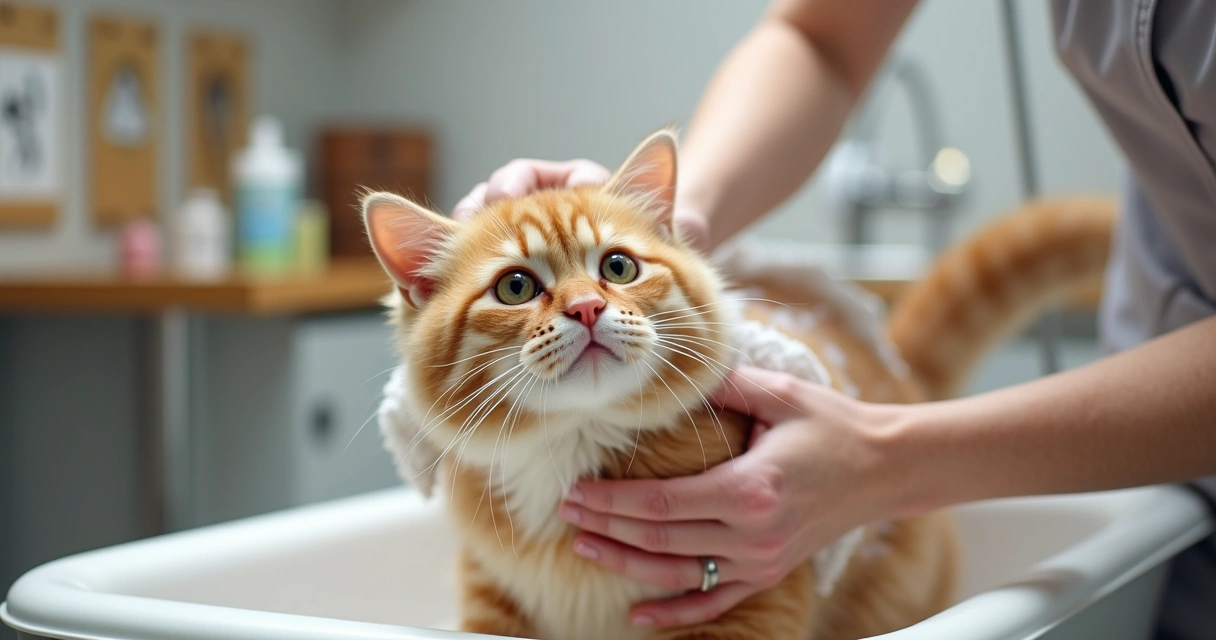
Other steps to keep skin hydrated
Using a topical product is just one part of the puzzle. In my experience at Dogtown, I see the best results with a combination approach, which might include:
- Feeding omega-3 fatty acids from fish oil or flaxseed (with vet guidance)
- Regular grooming to gently remove old fur and dander
- Humidifiers in dry climate homes
- Bathing only when necessary, using gentle, moisturizing shampoos
At facilities like Dogtown’s dog grooming service and cat grooming studio, staff use gentle products tailored to size and coat type, customized from years of hands-on experience. There are also a la carte moisturizing treatments designed for both routine care and special needs.
What makes a grooming service trustworthy?
When I recommend a professional grooming center, I look for:
- Transparent use of pet-safe products
- Staff trained in animal handling and first aid
- Clean, stress-reducing environments
- Daily feedback and willingness to discuss your pet’s individual needs
Facilities like Dogtown provide boarding, day camp activities, and ongoing feedback, which makes it easier for pet parents to keep track of their animal’s skin and coat health. I see many owners relieved to know they can combine grooming, moisturizing, and play in one visit. Personalized training is also available, which often helps reduce stress-related skin flare-ups (Dogtown training programs).
Conclusion: Give your pet’s skin the comfort it deserves
Based on science, experience, and daily encounters at Dogtown, I’ve learned that skin care is not a luxury for pets—it’s part of a healthy, joyful life. The right moisturizing treatment can transform not just comfort, but behavior and mood. If you’re in Gloucester or nearby and want to see a difference in your pet’s well-being, book a grooming or schedule an assessment with Dogtown. Discover how a little extra care can deliver a happier, healthier pet for years to come.
Frequently asked questions
What is a moisturizing treatment for pets?
A moisturizing treatment for pets is a product or service designed to add moisture to a pet’s skin and coat, helping to relieve dryness, itching, and flakiness. This can take the form of balms, sprays, shampoos, or conditioners that use gentle, pet-safe ingredients to hydrate and protect sensitive skin.
How to choose the right moisturizer?
I recommend looking at your pet’s age, breed, and health history first. Read labels for gentle, natural ingredients and avoid any known toxins. Products formulated specifically for pets are best. If your pet has ongoing skin issues, consult a veterinarian or a skilled groomer, such as those at Dogtown, to find the best match.
Are human moisturizers safe for pets?
Human moisturizers are not typically safe for pets, as many contain ingredients that can be toxic if licked or absorbed. Always use products labeled for animal use and inquire with your vet if in doubt.
Where to buy pet moisturizing treatments?
You can find quality pet moisturizers at professional grooming facilities, some online pet supply shops, or through your veterinarian. At Dogtown, a range of moisturizing and grooming services are available during daycare, boarding, or stand-alone grooming appointments.
What are signs my pet needs moisturizing?
Look for dandruff, persistent scratching, dull fur, cracked paw pads, or rough noses as signals your pet may need moisturizing. If you see these symptoms, consider a gentle moisturizing product or seek a grooming assessment.


